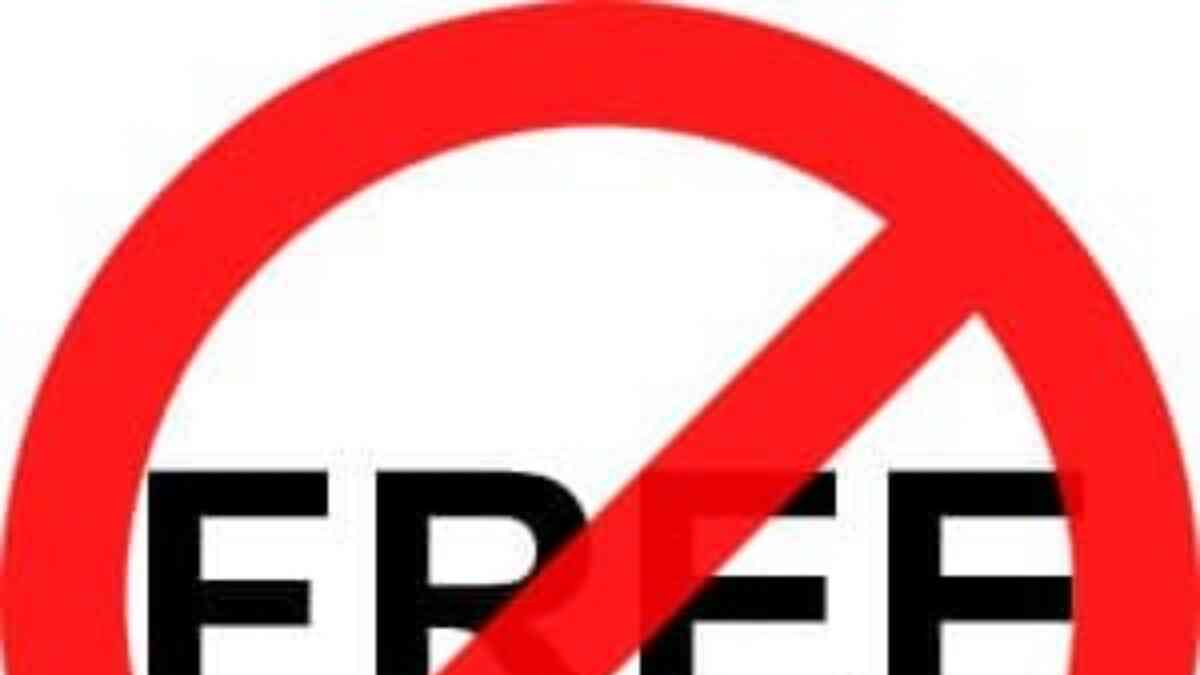
Media Relations May Seem Cheap, but It’s Not Free or Easy
When budgets become tight, some business peoples’ marketing daydreams turn to so-called “earned media,” or press coverage. Why pay thousands of dollars printing direct-mail pieces or buying advertising time when media relations offers “free” exposure?
On the surface, media relations may seem like a less costly alternative to other marketing disciplines, but it often requires greater expenditures of elbow grease, shoe leather, and billable agency hours. And as the economy and the changing media environment force broadcast stations to trim staff, print outlets to stop the presses for good, and audiences to search the highly fragmented Internet for news, media relations becomes that much more challenging.
Make no mistake—media relations can be very effective under the right circumstances. Its chief advantage is the credibility boost added by an objective, third-party filter; potential customers or clients are more likely to believe positive information about a company if it is conveyed by the press. However, communicators ultimately have much less control over the final expression and presentation of the message using media relations than they would through some other marketing disciplines.
The chief underlying characteristic of a successful media relations effort is a message, or “story,” that is interesting and compelling not only to the organization communicating it but to reporters, editors, and their audiences. A significant list of elements must fall into place for a media relations campaign to work.
The first hurdle is determining whether a company’s key messages can realistically be packaged into a story of interest to people beyond the corporate walls:
- Is the product or service really new—not just to the company but to the market or the community?
- Did it happen very recently or will it happen soon?
- Does it involve a compelling personal story, industry trend, or public policy issue?
- If, after considering criteria such as these, it is determined that bona fide news exists, the next step is gathering all the details to flesh the story out—the who, what, when, where, why, how, cost, statistics, and visual elements. Not having key details lined up, or not being willing to talk about them, could torpedo the entire effort.
Press outreach that isn’t anchored by a strong, viable story can be a waste of time, effort, and money and can sour relationships with the media. But made-for-TV moments can deliver golden exposure that ad spend just can’t buy.
Executives can sometimes be too close to their own stories to objectively judge news value, so bouncing ideas off outside communications counsel can be helpful. When a message isn’t a good fit for media relations, a truly integrated consultancy like FrogDog can use other avenues to effectively deliver it to the right audiences.
In fact, when used together, media relations, advertising, direct-mail, Web marketing, and other disciplines achieve greater results than they ever would on their own. Creating a strategic, integrated marketing plan driven by business goals will inform the best mix of marketing tools. Doing so will ensure that marketing budgets hit the right targets and pay dividends in return—and that’s what really matters in a down economy.
Updated: Aug 11, 2020

We do not spam. And you can unsubscribe when you want.